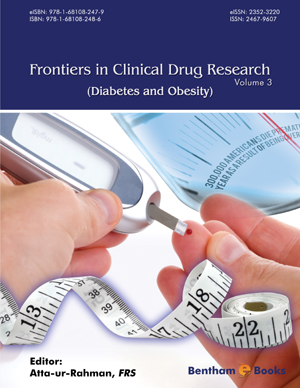Abstract
The obesity epidemic has become one of the major challenges for the modern society, first of all because of its clinical and social consequences. In 1998 the World Health Organization (WHO) proclaimed obesity a worldwide epidemic encompassing both adults and children and acknowledged it one of the biggest threats to the human health. The cause of overweight and obesity is body mass increase as a result of fat tissue increment. It has been proven that obesity increases the risk of hypertension, type 2 diabetes (T2DM), as well as leads to cardiovascular complications such as stroke or heart attack. The fat tissue that is superfluous in obesity is the source of many hormonally active compounds influencing bodily homeostasis. The recent research has pointed to the particular importance of abdominal obesity in the pathogenesis of metabolic disturbances linked with the endocrine activity of the visceral fat. This visceral fat tissue produces many adipokines, such as tumour necrosis factor alpha (TNF-alpha), interleukin 6 (IL6), leptin, adiponectin, resistin, omentin, visfatin, nesfatin, vaspin, chemerin, ghrelin or apelin. Adipocytokines, released into the bloodstream thanks to specific receptors on the surface of the target cells, act as classic hormones influencing organ and tissue metabolism. Moreover adipokines may decrease tissue sensitivity to insulin and induce inflammatory processes, endothelial dysfunction and atherosclerotic changes. At present much attention is given to determination of adipokines as contemporary markers of insulin resistance. Research authors suggest that changes in adipokine concentrations can be seen at least a few years earlier that first symptoms of improper glucose metabolism. Although there are still many controversies regarding what is the most important causative factor for T2DM, it cannot be denied that the endocrine activity of fat tissue as well as the immunological status both play important roles in the pathogenesis of T2DM. Promising research results point to the necessity of elaborating methods of measuring pro-inflammatory factors, especially adipokines, that would be both diagnostically sensitive and specific and that could be implemented in the laboratory diagnostics as well as primary prevention of diabetes.
Keywords: Obesity, Insulin resistance, Lipid metabolism disorders, Arterial hypertension, Type 2 diabetes mellitus, Leptin, Adiponectin, Resistin, Retinol binding protein 4, Visfatin, Omentin, Vaspin, Chemerin, Apelin.






















